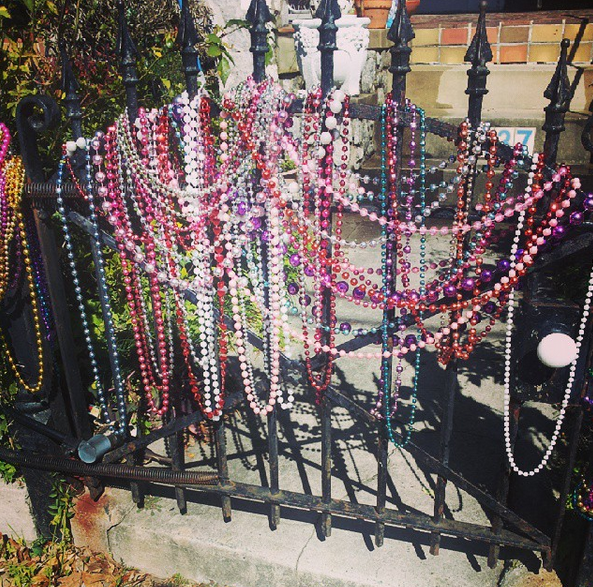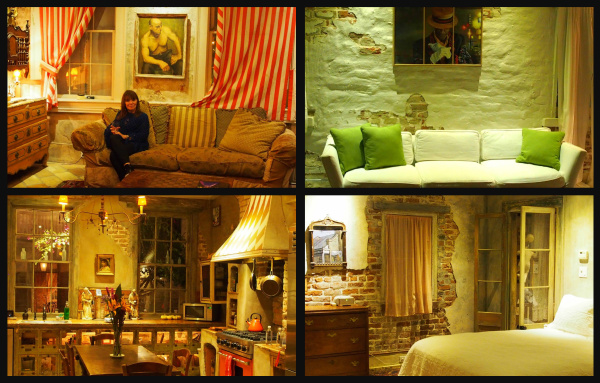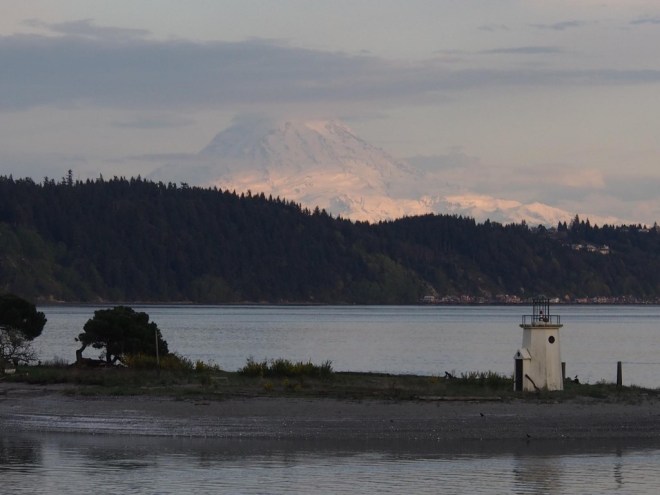There’s the New Orleans stories that everyone knows, like Mardi Gras and Marie LaVeau, and then there’s the hundreds of lesser-known stories—the ones that remain just out of sight, as if wiping away a fine layer of paint or dust to reveal an unexpected work of art underneath.
Sometimes, they take a bit of detective work to uncover—poring over dusty books in old libraries—or, they might present themselves unexpectedly, in a most unlikely place. It’s these latter, usually untold stories, that pique my interest and keep me returning to the city again and again.
I’ve been fascinated with New Orleans for as long as I can remember, the multi-layered history, the slightly edgy, gothic mysteriousness. With the proper research (and proper respect), New Orleans will occasionally let you peek behind the veil, but only on her timetable. She can be a fickle mistress when it comes to revealing her secrets.
I’ve also found that, even if you plan your travel itinerary (or story idea) to a “T,” New Orleans will also invariably have other ideas for you. During my last visit, I had planned to investigate and write about modern-day voodoo culture, but New Orleans wasn’t having it. She created missed interview connections and showed me that (with the exception of Sallie Ann Glassman and Nicole at Erzuli’s), the inner city’s voodoo culture has mostly gone the touristy curio route. But all the while, New Orleans kept steering me toward other interesting, albeit lesser-known, places and stories to pursue, which were happening right under our noses, just waiting to be delved into.
As such, here’s a few new favorite, recently discovered hidden gems. Anyone that’s looking for a one-of-a-kind experience would do well to include these 3 places on their next sojourn to The Big Easy, especially if visiting with a group.
Click here to read the article in its entirety on Modern-Day Nomads.



